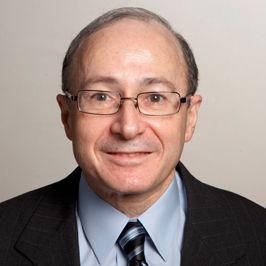Video
Overview of DERMIS 1 and DERMIS 2 Trial
Author(s):
Neal Bhatia, MD, FAAD, provides an overview of the efficacy and safety results of the DERMIS 1 and DERMIS 2 trials for chronic plaque psoriasis treatment.
Neal Bhatia, MD, FAAD: Our side was involved in the DERMIS-2 trial, which was sponsored by Arcutis [Biotherapeutics]. The DERMIS-1 and DERMIS-2 trials were designed as phase 3, randomized, double-blind trials, and the sites were in the US and Canada. They started before the pandemic, which is good to know because many of the patients who were involved were aged 2 years and up. There was something to be said for the diversity of the trial as far as demographics. Even more so, these patients had anywhere from 2% to 20% body surface area; quite a bit of activity of psoriasis for the amount of therapy with a topical agent. I think even more so what we’re understanding about the way the trials were designed was that a once-a-day application for 8 weeks gave us an idea of not just the safety, understanding, and tolerability, but the impact on the PASI [psoriasis area and severity index] scores and the baseline IGA [investigator global assessment scale], as well as the improvements. We saw a lot of activity in the intertriginous areas. There were sub-studies done with the scalp and looking at the worst itch numeric rating scale, as the NRS score had to be 4 or above to be in the trial. The trials were designed with a total of 881 participants, the mean age was about 47 years, and about 36% were females, the rest were males about 64%. The mean IGA score was the qualification, but they had to be considered at that age group as well as the AE [adverse event] criteria for meeting mild to moderate psoriasis having long-grade improvement for their end points. They’re looking at the number of patients who had intertriginous psoriasis was striking as well as those who improved. For the intertriginous subgroup, about 71% of the patients achieved IGA success as compared with 13% for the vehicle loan; compared with the other trial at 68% vs 18%. The other part of the equation is the impact on the PASI score. There was a good subset of patients who achieved a 75% reduction in the PASI scores, and 67% achieved 4-grade improvement in the NRS scores. A lot of good numbers came from the trials, but even more so, you can translate that to the patient experience of how well they did with just topicals alone for 8 weeks. You must consider the number of patients who would qualify for this treatment in the real world, which would probably match some of the demographics of who was in the trial.
Transcript edited for clarity





